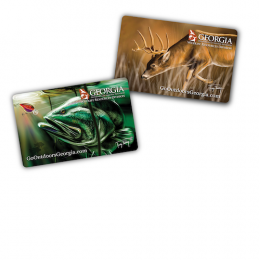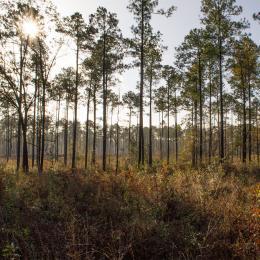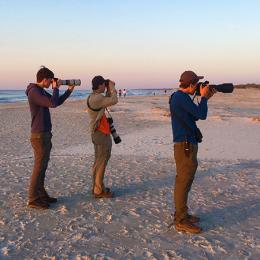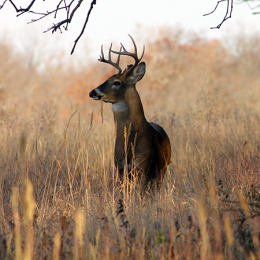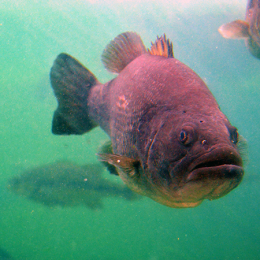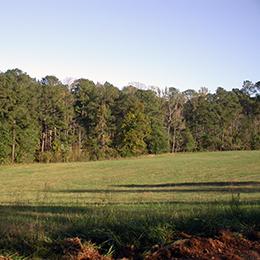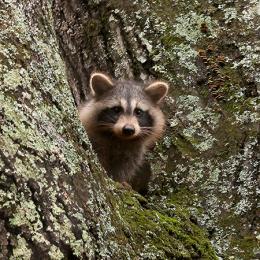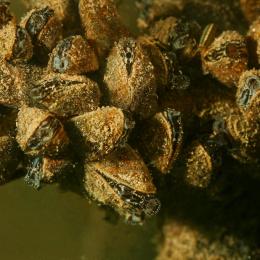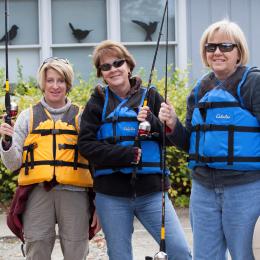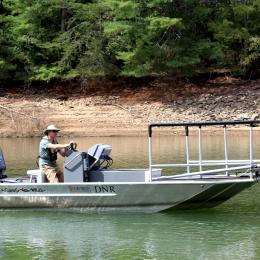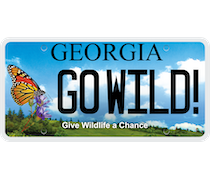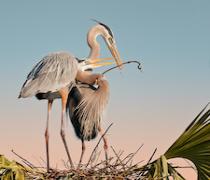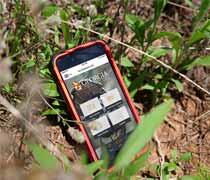Six grant projects announced today by the Georgia Department of Natural Resources will improve public opportunities to see and learn about native animals and plants statewide.
The proposals chosen by the DNR Wildlife Resources Division for this year’s Wildlife Viewing Program grants range statewide from Chehaw Park & Zoo in Albany to McIntosh Reserve Park in Carroll County and walking trails in Athens.
The grants, funded by the Georgia Nongame Wildlife Conservation Fund, help develop and enhance wildlife viewing options, with an emphasis on State Wildlife Action Plan species and habitats. Georgia’s Wildlife Action Plan is a comprehensive strategy to conserve these animals, plants and places before they become rarer and costlier to conserve or restore.
This year’s recipients and their proposals include:
- Chehaw Park & Zoo in Albany – $5,000 to help develop public viewing aspects for a new “head start” and education program focused on state-rare gopher frogs.
- Manomet’s Georgia Bight Shorebird Conservation Initiative – $4,935 to print and distribute beach-bird guides for use with steward programs to raise awareness of priority species.
- Georgia Conservancy – $4,500 for prescribed-fire field days in Tattnall, Taylor and Pulaski counties targeting landowners and bird watchers as part of a Burning for Birds Collaborative.
- Birds Georgia – $4,998 to refurbish and reopen the wildlife viewing tower near a historic dairy barn on part of DNR’s Altamaha Wildlife Management Area managed by the city of Darien.
- Athens-Clarke County Leisure Services Department – $2,680 to create and install interpretive signage for chimney swift habitat conservation at swift nesting and roosting towers on city trails.
- Friends of McIntosh Reserve Park – $3,170 to provide spotting scopes, binoculars and related gear for wildlife viewing and education programs led by the group at the Carroll County park.
These projects include work and support by partners that will significantly amplify the grants provided. Each will also help people experience the state’s native wildlife, including species and habitats identified in the Wildlife Action Plan, according to Matt Elliott, chief of DNR’s Wildlife Conservation Section.
“We are thrilled to be able to support these conservation partners in these types of quality projects focused on high-priority species and habitats throughout the state,” Elliott said.
The grants are small – capped at $5,000 each – but the interest they tap is big. In 2022, wildlife viewing involved more than 148 million people nationwide, or nearly 60 percent of the population. That total has been growing since the mid-1990s. In Georgia, an estimated 4.8 million residents, almost three out of every five residents 16 or older, said they took part in wildlife viewing activities such as observing, feeding or photographing wildlife. Nationwide, related expenditures reached $250 billion in 2022.
Among other work, the DNR grants in 2024 helped install an ADA-compliant canoe and kayak launch at Big Haynes Creek Nature Center in Conyers, build wildlife viewing blinds at Talking Rock Nature Park in Talking Rock, create a pollinator garden open to the public at The Learning Tree Academy in Toccoa and develop informational signage about wildlife and habitats at Nesmith Preserve in Fayetteville.
The Wildlife Conservation Section works to restore and conserve nongame wildlife, rare native plant species and natural habitats through research, management and education. The section depends largely on fundraisers, grants and donations to the Nongame Wildlife Conservation Fund. Sales and renewals of DNR’s eagle and monarch license plates, plus renewals of the hummingbird tag, are the top fundraiser.
LEARN MORE





